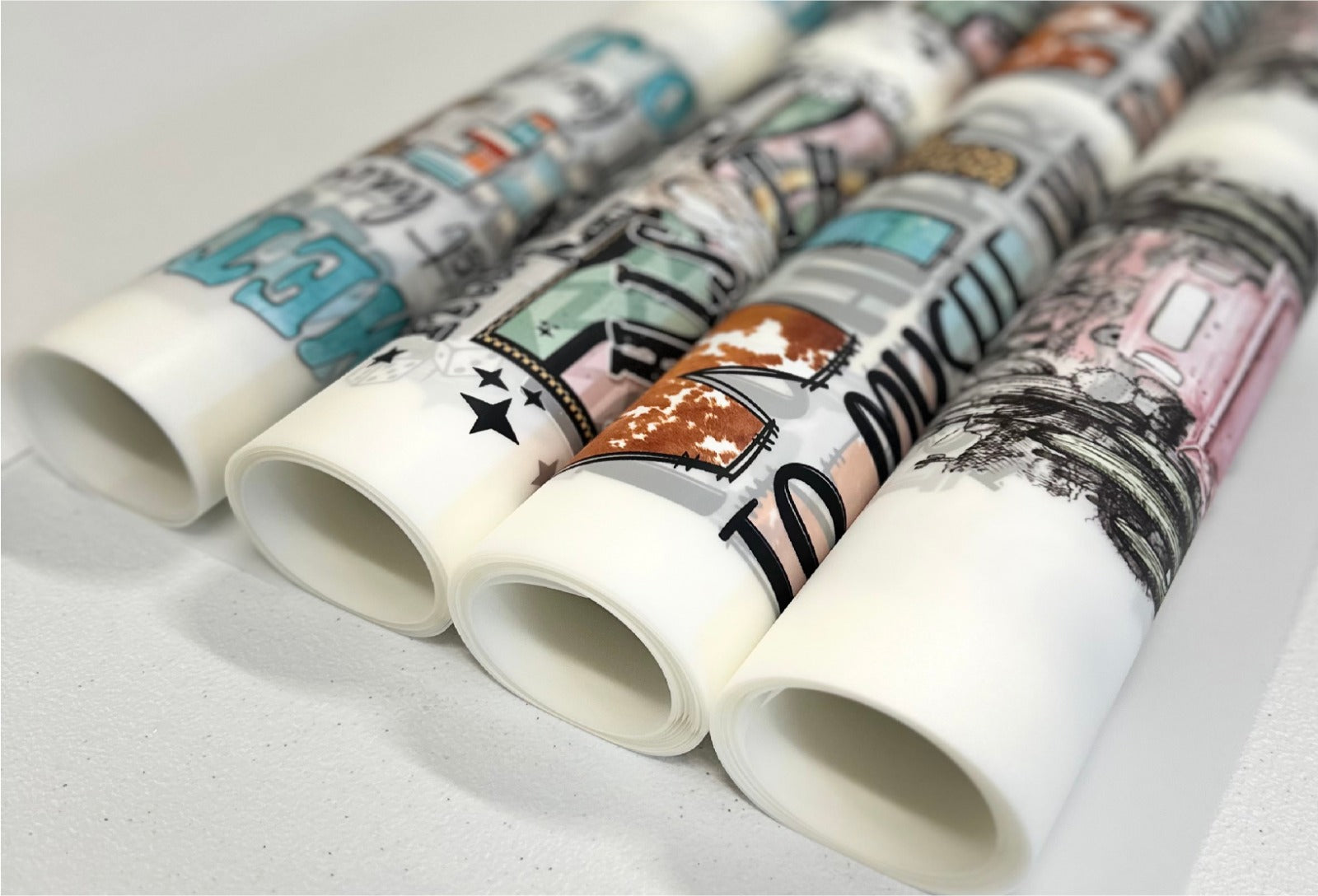dtf gang sheets printing is quickly becoming the preferred method for transferring images onto garments, thanks to its vibrant colors and ability to work on a variety of materials. However, as with any printing method, the efficiency of your workflow can significantly impact both the quality of your prints and your overall business success.

One of the most effective ways to enhance your DTF printing process is by utilizing gang sheets. These sheets allow multiple designs to be printed at once, optimizing both ink usage and print time. In this article, we'll explore how incorporating gang sheets into your DTF workflow can benefit your business and improve your final products.
What are DTF Gang Sheets?
Before we discuss the benefits of DTF gang sheets, let's clarify what they are. A gang sheet is a single sheet of film that contains multiple designs arranged in a way that maximizes the available space. Instead of printing each design separately, which can be time-consuming and wasteful, DTF gang sheets allow printers to print several designs in one go.
Using DTF gang sheets is a smart way to reduce waste and improve productivity, as they allow for multiple designs to be printed on a single sheet. But the advantages of gang sheets go beyond just efficiency. By optimizing the layout of designs on the sheet, businesses can achieve better color accuracy and consistency across prints.
Benefits of Using DTF Gang Sheets
Reduced Ink and Film Waste
One of the primary advantages of using gang sheets for DTF printing is the significant reduction in ink and film waste.
When printing designs individually, each print job requires its own sheet of transfer film, even if the designs are small or closely spaced. This results in a lot of unused space on the film and, consequently, wasted material. For businesses looking to minimize costs and environmental impact, this is an area worth addressing.
Improved Printing Efficiency
In addition to reducing waste, gang sheets also enhance the overall efficiency of the printing process. Printing multiple designs at once means fewer trips back and forth to the printer, which saves time and allows for a smoother workflow.
In busy print shops, every second counts. By streamlining the printing process with gang sheets, businesses can ensure that they are maximizing their productivity and meeting customer demands in a timely manner.
Enhanced Quality Control
Using DTF gang sheets doesn't just improve efficiency; it also contributes to a higher overall quality of prints. When multiple designs are printed at once on a gang sheet, they are subject to the same printing conditions (such as temperature and pressure).
This uniform experience reduces the risk of variations in color and texture, resulting in more consistent and accurate prints. In today’s competitive market, ensuring quality is paramount to retaining satisfied customers and attracting new ones.
Cost Savings
While the initial investment in DTF gang sheets may seem significant, the long-term savings they provide far outweigh the upfront costs. By reducing both ink and film waste, as well as improving printing efficiency, gang sheets can lead to substantial cost savings over time.
Additionally, the enhanced quality of prints produced via gang sheets can result in fewer returns and reprints, further contributing to overall cost-effectiveness.
How to Integrate DTF Gang Sheets into Your Workflow
Incorporating gang sheets into your DTF printing process doesn't have to be complicated. Here's a step-by-step guide to making the transition smoothly:
- Choose the Right Software: Use graphic design software that supports gang sheet layouts, such as Adobe Illustrator or CorelDRAW. Look for features specifically designed for DTF printing, like print previews and color management tools.
- Design Efficient Layouts: Arrange your designs on the gang sheet in a way that minimizes wasted space. Group similar designs together to reduce the number of color changes during printing, which can save time and improve color consistency.
- Test Print First: Before committing to a full print run, do a test print of your gang sheet. Check for any issues with alignment, color accuracy, and overall quality. This will help identify any potential problems before they become costly mistakes.
- Train Your Team: Ensure that all team members involved in the DTF printing process understand how to work with gang sheets. This includes training on layout design, printer settings, and quality control measures.
- Monitor Results: After integrating gang sheets into your workflow, keep track of key performance indicators (KPIs) such as ink and film usage, print quality, and overall efficiency. This data will help assess the impact of gang sheets on your workflow and identify areas for further improvement.
Conclusion
The efficiency and quality of your DTF printing process can significantly impact your business's success. By incorporating gang sheets into your workflow, you can reduce waste, improve efficiency, and enhance the quality of your prints.
While the initial transition to using gang sheets may require some adjustments to your current processes, the long-term benefits – including cost savings and improved customer satisfaction – make it a worthwhile investment.
If you haven't already, consider exploring the various options for DTF gang sheets available on the market today. With the right tools and techniques, you'll be able to optimize your DTF printing process and take your business to the next level.
 icons at the top right corner of the subsection.
icons at the top right corner of the subsection.